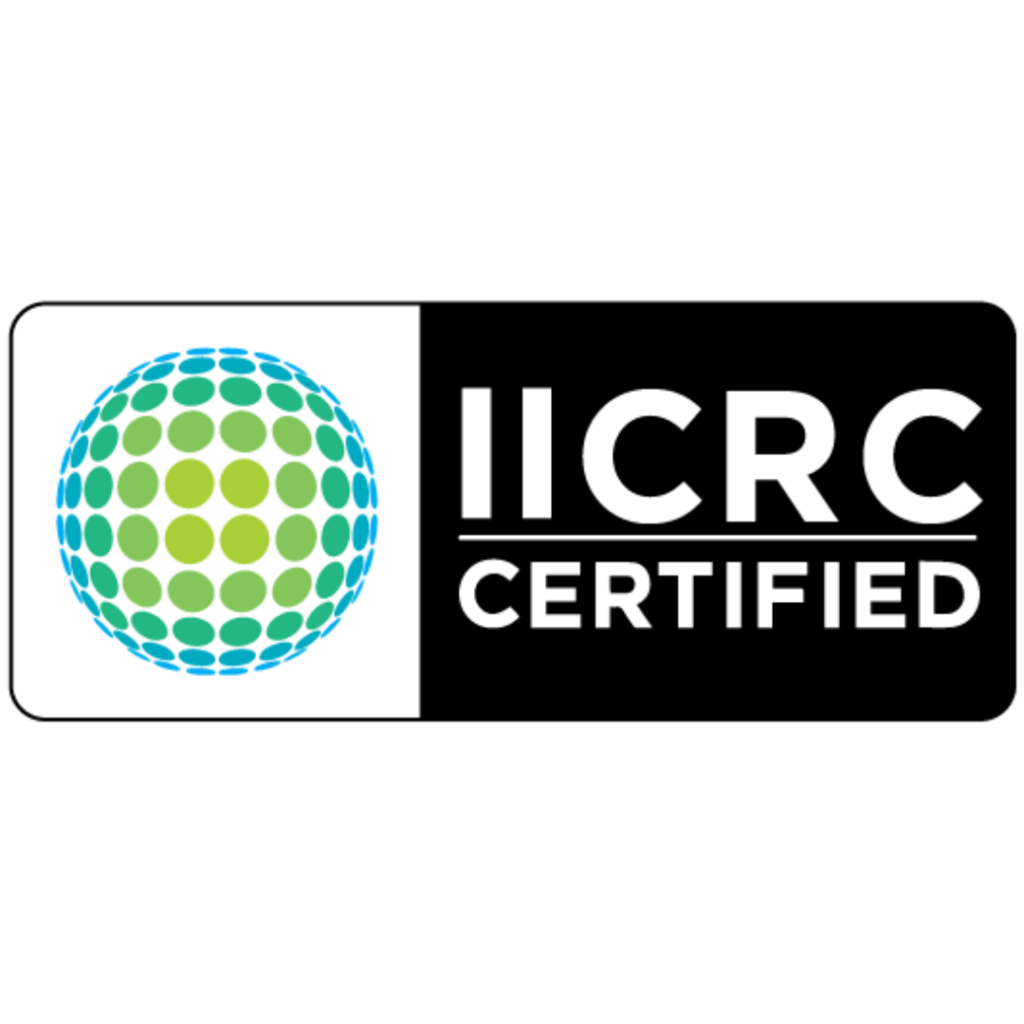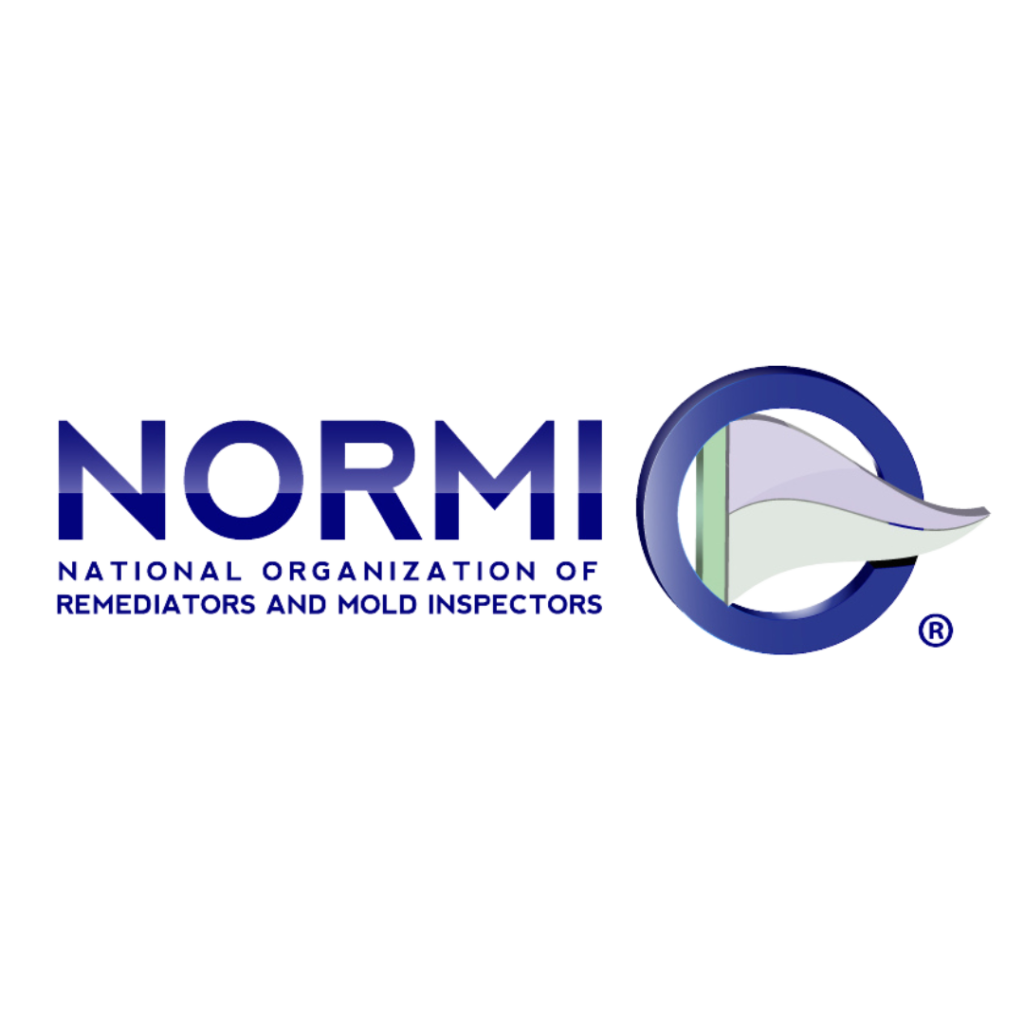South Florida’s Highest
Rated Restoration Company
A FAMILY LEGACY OF TRUST
Our Perfect 5 Star Rating Across 600+ Reviews Comes From Our Customer First Approach
South Florida’s
Highest
Rated
Restoration Company
A FAMILY LEGACY OF TRUST
Our Perfect 5 Star Rating Across 600+ Reviews Comes From Our Customer First Approach

Same Day
Service
With urgent matters such as mold, we make sure to be there for our clients. Whenever they needs us.

100% Satisfaction Guarantee
Our perfect 5 star rating comes from our unwavering focus on customer satisfaction.

Lowest Price
Guarantee
We guarantee the lowest fair pricing while maintaining our quality standards.

1 Year
Warranty
1-Year Warranty. All service-related issues are fixed at no cost within a year.














Our 5 Star Services
Schedule Online
Trustindex verifies that the original source of the review is Google. George dr mold was extremely helpful in removing the mold from my house he also did my dads house by the way he responded immediately and finish the job within four hours the house after was spotless I was super happy with the results. I recommend George and the company fix moldTrustindex verifies that the original source of the review is Google. Gracias a George dr mold que supo lidiar con el problema que tenía en mi vivienda ..excelente servicio muy recomendadoTrustindex verifies that the original source of the review is Google. George Fernandez, also known as Dr. George, excels in his role as a mold remediation expert in Miami. His profound expertise and meticulous approach to mold removal not only address the visible issues but also tackle underlying problems, ensuring a thorough and lasting solution. Dr. George's dedication to maintaining a safe and healthy environment for his clients is evident in his comprehensive methods and commitment to excellence, making him a standout professional in the field.Trustindex verifies that the original source of the review is Google. George and dr Mold’s company have helped me a lot and i appreciate there work.Trustindex verifies that the original source of the review is Google. FixMold came highly recommended, and Geovanny exceeded expectations with his professionalism and expertise. Truly appreciated his attention to detail and care!Trustindex verifies that the original source of the review is Google. George (aka Dr. Mold) and Giovani came by to inspect our home and we couldn’t be happier. Extremely profesional, polite and friendly and they promised us a very good fair price. We highly recommend their services.Trustindex verifies that the original source of the review is Google. Wonderful service and professional company! Highly recommend.Trustindex verifies that the original source of the review is Google. George (Dr. Mold) was truly professional and super understanding when it came to our needs concerning our mold issues. He also articulated what was going to be done and what was actually used to fix the mold. He took apart our ac unit and cleaned it properly right in front of us because we wanted to see. He arrived with his team Giovanny and Angelo who were really nice and made sure our light fixtures were clear of mold and sealed. They also went above and beyond and painted a treated closet for us. Jerusa took care of us every step of the way and called us multiple times to help with what we asked. I definitely recommend the “A team” again.🤗Trustindex verifies that the original source of the review is Google. Tremendo servicio Jorge morenoTrustindex verifies that the original source of the review is Google. Muy contentos con el trabajo y sobre todo la rapidez con la que respondieron y resolvieron mi problema en el hogar, volvería a trabajar con ellos sin dudar.
Perfect 5 Star Rating With Over 600+ 5 Star Reviews
THE HIGHEST RATED IN SOUTH FLORIDA
❝ An Honest & Ethical Approach With An Unwavering Focus On Customer Satisfaction.❞
Trustindex verifies that the original source of the review is Google. George dr mold was extremely helpful in removing the mold from my house he also did my dads house by the way he responded immediately and finish the job within four hours the house after was spotless I was super happy with the results. I recommend George and the company fix moldTrustindex verifies that the original source of the review is Google. Gracias a George dr mold que supo lidiar con el problema que tenía en mi vivienda ..excelente servicio muy recomendadoTrustindex verifies that the original source of the review is Google. George Fernandez, also known as Dr. George, excels in his role as a mold remediation expert in Miami. His profound expertise and meticulous approach to mold removal not only address the visible issues but also tackle underlying problems, ensuring a thorough and lasting solution. Dr. George's dedication to maintaining a safe and healthy environment for his clients is evident in his comprehensive methods and commitment to excellence, making him a standout professional in the field.Trustindex verifies that the original source of the review is Google. George and dr Mold’s company have helped me a lot and i appreciate there work.Trustindex verifies that the original source of the review is Google. FixMold came highly recommended, and Geovanny exceeded expectations with his professionalism and expertise. Truly appreciated his attention to detail and care!Trustindex verifies that the original source of the review is Google. George (aka Dr. Mold) and Giovani came by to inspect our home and we couldn’t be happier. Extremely profesional, polite and friendly and they promised us a very good fair price. We highly recommend their services.Trustindex verifies that the original source of the review is Google. Wonderful service and professional company! Highly recommend.Trustindex verifies that the original source of the review is Google. George (Dr. Mold) was truly professional and super understanding when it came to our needs concerning our mold issues. He also articulated what was going to be done and what was actually used to fix the mold. He took apart our ac unit and cleaned it properly right in front of us because we wanted to see. He arrived with his team Giovanny and Angelo who were really nice and made sure our light fixtures were clear of mold and sealed. They also went above and beyond and painted a treated closet for us. Jerusa took care of us every step of the way and called us multiple times to help with what we asked. I definitely recommend the “A team” again.🤗Trustindex verifies that the original source of the review is Google. Tremendo servicio Jorge morenoTrustindex verifies that the original source of the review is Google. Muy contentos con el trabajo y sobre todo la rapidez con la que respondieron y resolvieron mi problema en el hogar, volvería a trabajar con ellos sin dudar.
Welcome To FaceTime Mold Solutions
Get peace of mind with a fast, secure, and contactless mold inspection via FaceTime.
Why Facetime Mold Solutions
- Free Assessment
- Free Step-By-Step Procedure
- Free Consultation
- Virtual & Convenient
- Free Phone Capturing Analysis
- Experienced Mold Technicians With Over 20+ Years Of Experience
Services Offered via Facetime
- Facetime Mold Assessment / Inspection
- Second Opinion On Previous Mold Assessment/Remediation
- Mold Consulting For Tenants / Landlords
- Mold Prevention Best Practices
- Mold Direction For Contractors
- Mold Legal Consultation
































How the Process Works : 3 Steps
We make it easy for all our clients to improve their properties with our streamlined process.
2. Discovery & Price Quote
3- In-Person Assessment/Inspection: Technician will perform a detailed assessment with a report and potential swab sample if needed
3. Final Job
2. Mold Removal
3. Water
4. AC Duct Cleaning/Restoration
5. Air Filtration/Odor Removal
6. General Contractor/Other
2. Insurance
3. Price Match / Lowest Price Guaranteed
Why Fixmold?
 |
White-Glove Restoration Company |
Average Restoration Company |
|
|---|---|---|---|
|
Highest Quality Equipment & Materials Advanced Technology, Certified Green, No-Biocides |
✓ |
✓ |
✗ |
|
One Stop Shop Licensed General Contractors, AC Technicians, Mold/Water, Dry-Wall Rebuild, Insurance |
✓ |
✗ |
✗ |
|
Highest Rated Company In South Florida 600+ 5 Star Reviews on Google, Angie's List, Yelp, Facebook, BBB |
✓ |
✗ |
✗ |
|
Affordability Lowest Price Guaranteed, Price Match, 0% APR Financing Available. |
✓ |
✗ |
O |
 |
White-Glove Competitors |
|
|---|---|---|
|
Highest Quality Equipment & Materials |
✓ |
✓ |
|
One-Stop Shop |
✓ |
✗ |
|
Highest Rated Company In South Florida |
✓ |
✗ |
|
Affordability |
✓ |
✗ |
OUR TEAM
THE BACK-BONE OF OUR 5 STAR SERVICEFixMold is a family-owned business operated by the Katz family. The family’s involvement in the Restoration industry dates back over 4 generations. When creating FixMold, the Katz family wanted to create a truly differentiated Restoration company – one that would put the client at the center of every decision.
In so doing, the Katz family proceeded to handpick the most talented technicians and team members that they have worked with across the US.
The result: The highest rated restoration company in South Florida according to Google, BBB, and Facebook.









Facetime Mold Solutions
what we offer
Our Work
Residential















Commercial









Marine















Schedule Online
Facetime Mold Solutions
How We Reciprocate
Partnership Opportunity
FixMold has special partnership offers in place to make that our talented partners succeed and feel our appreciation.




















Trusted By Leading Property Managers
Trusted By Leading
Property Managers










Facetime Mold Solutions
AFFORDABILITY
HOME RESTORATION SERVICES FOR EVERYONEA core mission of our is to make all health-related services affordable to all communities, while still maintaining our highest level of quality
Our home restoration company guarantees the most competitive rates in the industry, delivering high-quality professional restoration services at the lowest possible price. If you ever find a price below our quote, please share the quote to “info@fixmold.com” in order to receive access to our lowest price guarantee.
Symptoms of Indoor Air Pollution
- COUGHING
- SNEEZING
- ITCHY EYES
- RUNNY NOSE
- RESPIRATORY IRRITATION
- FATIGUE
- LOSS OF SLEEP
- NASAL CONGESTION
- MUSTY ODORS
- STAINING
- DISCOLORATION/SPOTS
- LEAKS
Poor air quality can harm infants, children, older adults, pregnant women, pets, and even plants.
Use our risk calculator below to assess your health risk.
Mold Remediation Cost Calculator






Above Remediation Price Includes
Personal protective equipment, Electrostatic Sprayers, Hydroxyl Generator & Maximizer , Air Scrubber (Hepa 700), C150 Vector Fog with the use of benefect Decon 30, Hepa Vacuum, Thermo Fogger, Zefon Bio Pump Air Sampler with Tripod, .35-Mil Polyethylene sheeting to cover furniture.
Disclaimer: Price is an estimate only. Please call or schedule a free online consultation to receive a more definitive quote.
Contact FixMold
Our Service Areas
Miami-Dade County, Ft. Lauderdale and Broward County, Palm Beach County, Collier County, Monroe County, Lee County, Greater Miami Area, Miami Beach, Bal Harbor, Hollywood, Dania Beach, Davie, Homestead, Kendall, Coral Gables, Pembroke Pines, Pompano Beach, Boca Raton, Lake Worth, Delray Beach, Boynton Beach, West Palm Beach, Florida Keys
Our Service Areas
Miami-Dade County & Broward County including the Greater Miami Area, Miami Beach, Aventura, Bal Harbour, Hollywood, Fort Lauderdale, Dania Beach, Davie, Homestead, Kendall, Coral Gables, Doral, Miramar, Hialeah, Pembroke Pines, Pompano Beach, Boca Raton, Delray Beach, Boynton Beach, West Palm Beach, and more.
FAQ's
What are the key reasons to choose FixMold?
FixMold is a professional restoration company specializing in mold remediation, odor removal, and duct cleaning. We offer:
- Highest Quality Equipment & Materials – Advanced Technology, Certified Green, No-Biocides
- One Stop Shop – Licensed General Contractors, AC Technicians, Mold/Water, Dry-Wall Rebuild, Insurance
- Highest Rated Company In South Florida – 400+ 5 Star Reviews on Google, Angie’s List, Yelp, Facebook, BBB
- Affordability – Lowest Price Guaranteed, Price Match, 0% APR Financing Available
- Experts with Over 50+ Years Combined Experience – Read more about our highly experienced team of technicians below
How do I know the treatment worked?
You can expect a significant improvement in indoor air quality, reduced odors, and the absence of visible mold growth. All of our services are also backed with a 100% Satisfaction Guarantee and a 1 Year Warranty.
How soon will you come out for an initial assessment after I contact a FixMold representative?
We strive to respond to your inquiry as quickly as possible and provide same-day appointments when needed. We also provide overtime and weekend jobs for customers who request that convenience. Our team will schedule an initial assessment at a time that is convenient for you. The exact timeframe may vary depending on your location and the availability of our technicians.
What makes FixMold the best mold remediation company in Miami, FL?
FixMold stands out as a top-rated provider of mold remediation in Miami, FL due to our licensed team, fast response time, and advanced remediation technology. We're trusted by homeowners and businesses throughout South Florida for reliable, long-lasting mold solution.
Whether you’re dealing with a minor water leak or a major disaster, our experienced team can help you restore your home to its original condition.
How long does a typical home restoration project take?
The duration of a home restoration project depends on the extent of the damage and the complexity of the work involved. Our team will provide you with an estimated timeline during the initial assessment. Typically, for smaller jobs, it would require a half-day time allotment. For larger projects, we would usually require a full-day. For big projects requiring multiple services, the time can vary from 1-7 days.
- COUGHING
- SNEEZING
- ITCHY EYES
- RUNNY NOSE
- RESPIRATORY IRRITATION
- FATIGUE
- LOSS OF SLEEP
- NASAL CONGESTION
- MUSTY ODORS
- STAINING
- DISCOLORATION/SPOTS
- LEAKS











